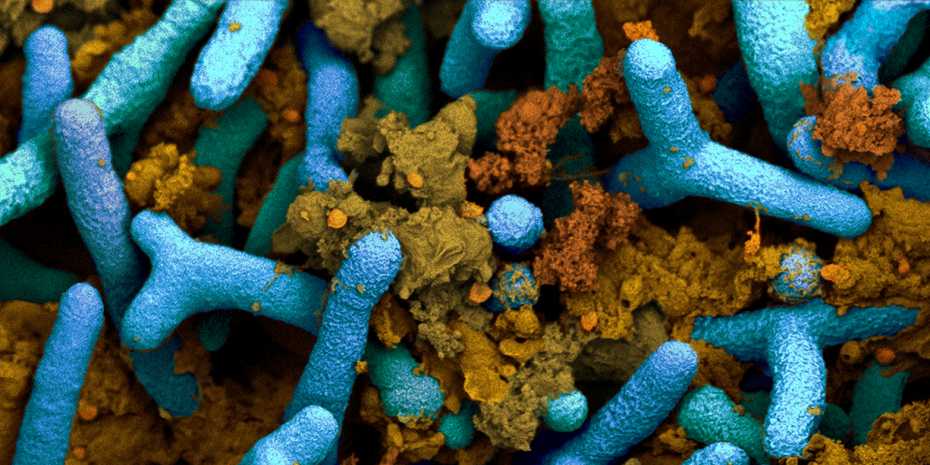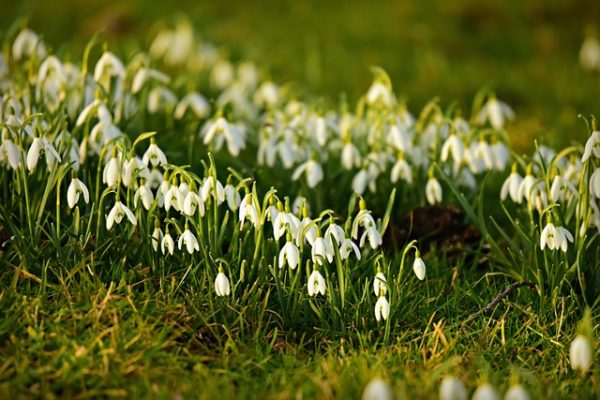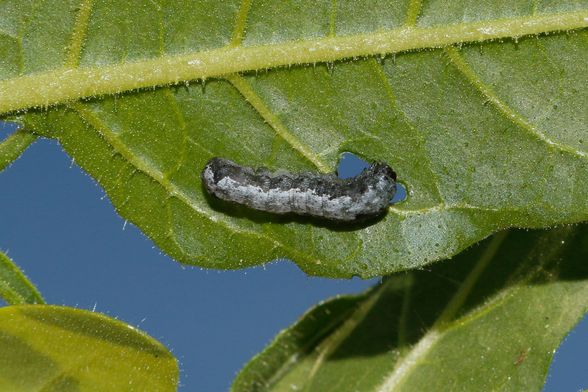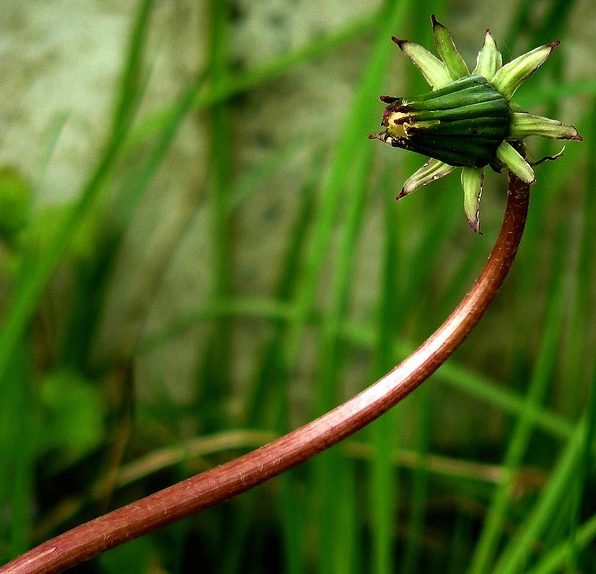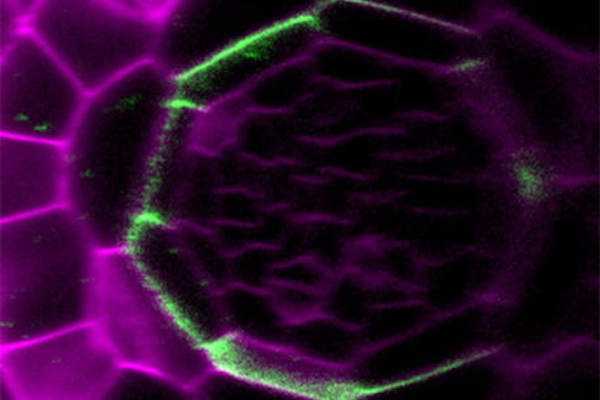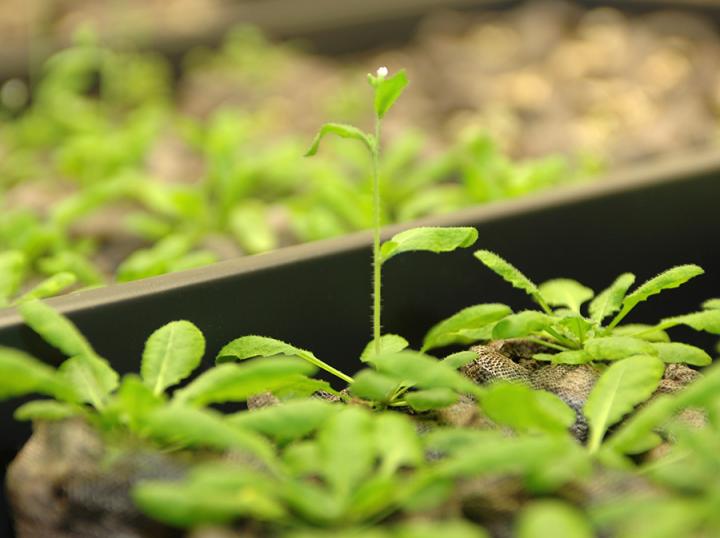
After several years of experimentation, scientists have engineered thale cress, or Arabidopsis thaliana, to behave like a succulent, improving water-use efficiency, salinity tolerance and reducing the effects of drought. The tissue succulence engineering method devised for this small flowering plant…
Read More



